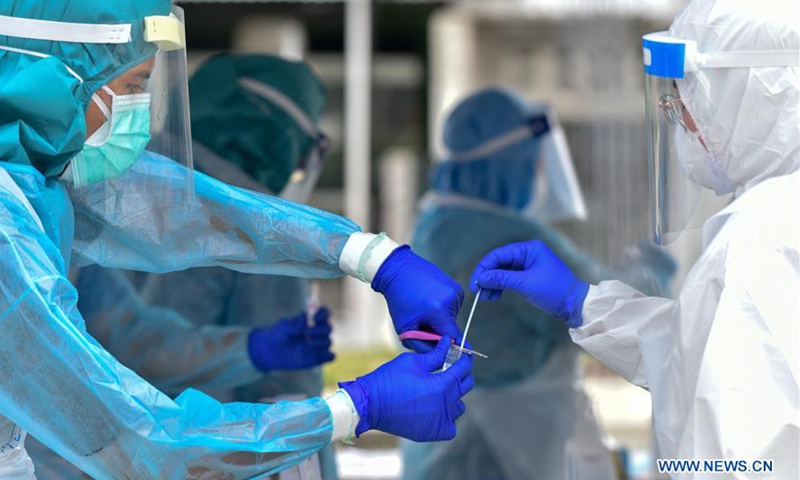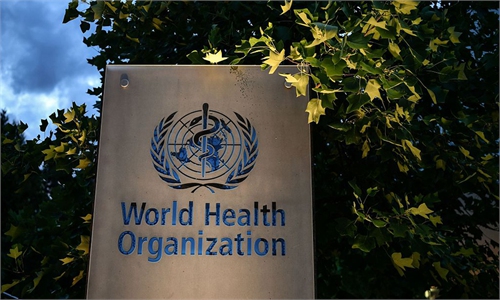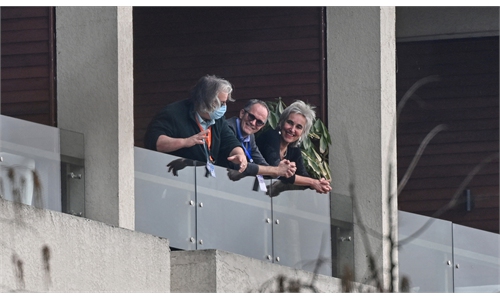China to participate in global COVID-19 origins-tracing after WHO joint research in Wuhan

Medical staff process a swab sample collected from a resident of an area under the enhanced movement control order in Petaling Jaya, Selangor, Malaysia, May 10, 2020.File photo:Xinhua
Based on the study results in China, COVID-19 origins tracing work will be further carried out on a global scale in a variety of ways and channels, and Chinese experts will continue to actively participate in the research under a global framework led by the WHO, Liang Wannian, team leader of the Chinese side of the WHO-China joint expert team which conducted research in Wuhan, said at a press conference on Wednesday.
The WHO on Tuesday released a report on their joint study with Chinese experts in Wuhan on COVID-19 origins-tracing. The report represents the "China section" of the global origins-tracing research, Liang said at a press conference on Wednesday.
"China is the first country to report a COVID-19 case, so the global origins-tracing work was first carried out in China," Liang said, noting that, although the WHO-China joint team finished its work in Wuhan, it doesn't mean the whole origins tracing, a continuous work, is finished.
Based on current findings, more researches under a global origins-tracing framework are necessary and require joint efforts from scientists worldwide, Tong Yigang, a Chinese expert from the joint expert team, said at the press conference.
So far, the specific host of the virus has not been found, but bats and pangolins are the likely hosts, Tong said. From a scientific point of view, the expert team reached a consensus that these assumptions are not geographically restricted.
Experts believe that the process, from the introduction of the virus, its spread from animals to humans and to the Huanan market in Wuhan, may have taken a long time, and the virus may have traveled a long distance in the process, like cross-border movements, Tong noted.
Some foreign experts suspect that the novel coronavirus was from wild animals in southern China. Tong explained that none of the more than 38,000 samples of livestock and poultry and more than 41,000 samples of wild animals collected from 2018 to 2020 by China's agriculture and forestry authorities in 31 provinces, municipalities and autonomous regions, returned positive results to the novel coronavirus.
Moreover, no evidence was found that the novel coronavirus was spreading among poultry, livestock and wild animals before and after the COVID-19 outbreak in China, Tong said.
"In the next phase, we need a broader perspective. We will conduct comprehensive and detailed investigations and origins-tracing among a variety of animals, under the framework of global origins-tracing," Tong said, adding that limited vision would be against science and may lead origins-tracing to a wrong direction.



